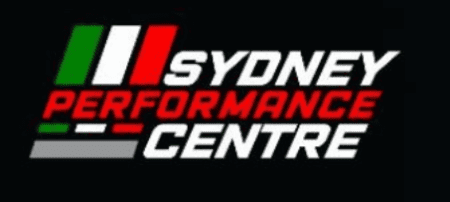If a business decides to use a virtual information room, there are two primary aspects of the platform that require secure storage for its files/documents and an easy access to team members. There are many pricing options for the VDR dependent on the project, industry, amount of users and length. They include per-page pricing or per-user pricing.
Many vendors charge by the number of gigabytes. This pricing structure may be suitable for projects with small text file sizes but can be expensive for businesses that exchange large video or audio files.
The cost of a VDR is also influenced by the access to administrative functions granted to the system. Some providers allow unlimited admins which can make the platform more expensive. However this feature helps streamline work flows and can speed the process of due-diligence.
Integration with other platforms, like Slack or Microsoft Office (for instance) can enhance the user experience and functionality. These integrations are typically more expensive than those that don’t integrate.
The length of a project can affect the cost of the data room. A provider will typically decide on a price for set number of months and then charge month-to-month thereafter. Some vendors, such as DealRoom, offer discounts for M&A deals and allow you to terminate your contract after the deal is concluded. This is particularly beneficial for companies that aren’t sure of how long their project will last.
